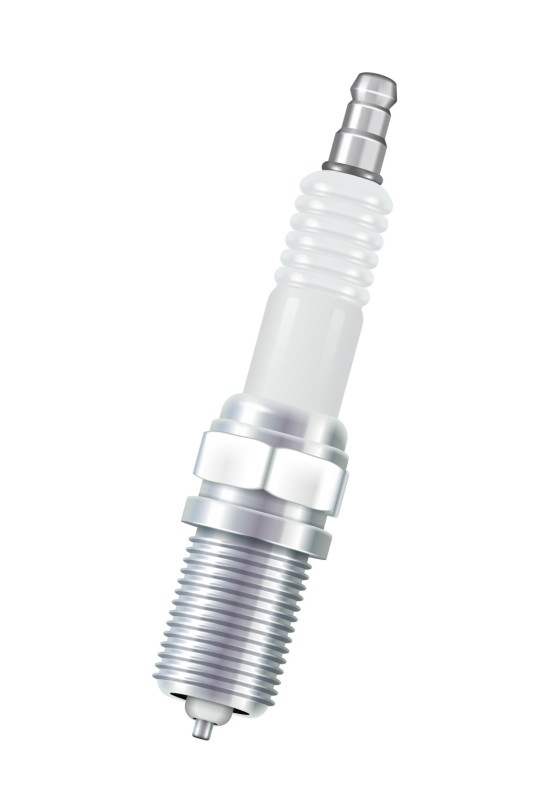Our Scrappage, Recycling and Car Blog
later post | index | earlier post
Basic Car Maintenance: How to change your spark plugs
Wednesday, 6 March 2024
An essential part of your engine’s operation, spark plugs are something which you can replace yourself with relative ease.

When the engine fires, the spark causes the ignition cycle to begin. As this happens every time you start your car, the metal in the plugs will inevitably burn out over time. As this happens, eventually the gap between the electrodes becomes too vast for the spark to travel, leading to misfires, weak acceleration and poor mileage.
Replacing your spark plugs regularly can help your vehicle run at peak performance and save you from costly repairs in the future.
How do I know if my spark plugs need changing?
There are several warning signs which you can watch out for that will let you know if your spark plugs need changing, including:
- Difficulty in starting the car
- Relatively poor fuel economy
- Knocking or rattling noises coming from your engine
- Your car struggles to accelerate
- Occasional or frequent misfiring
What equipment do you need to change spark plugs?
To change your plugs, you’ll need the following tools:
- Clean rag or paper towels
- Socket
- Gap tool
- Replacement plugs
- Ratcheting socket wrench
- Socket wrench extension
- Torque wrench
- Vacuum cleaner or compressed air blower
- You’ll also need a flat, well-ventilated area (like a garage or driveway)
Which spark plugs do you need?
NOTE. If you have a standard engine, the process is relatively simple. However, some more advanced V-6 and above engines have more difficult replacing procedures, so consult an expert if you’re ever unsure.
- Disconnect the battery terminal and any covers, if required.
- Clean the area around the plug to ensure dirt and grime can’t fall into the pocket or engine.
- Remove the spark plug boots. You’ll need to do this one at a time, and mark which wires go to which plug as you go.
- Remove the plugs one at a time and inspect them for damage.
Installing new spark plugs
- After removing the old plugs, check to see whether they need cleaning, or if they need replacing.
- If the centre electrode in the spark plug is still even and correctly shaped, it might not need replacing immediately.
- To replace older plugs, use the socket extension to thread the new plugs back into the engine.
- Use a torque wrench to tighten the spark plugs to the specification for your vehicle.
- Reattach the plug boots to the correct plug mates.
- Reconnect the battery and start your car.
- Should you have any issues beyond this point, or the car won’t start, please contact a specialist immediately.
Replacing the spark plugs in your car is a great way to keep costs down when it comes to maintaining your vehicle. Discover other maintenance advice, like car cleaning tips or what the most common car engine problems look like, with ASM Autos.
Disclaimer: We are not responsible for your use of the information contained in or linked from this guide.
later post | index | earlier post
Categories
- Car Maintenance 25
- Driving Abroad 2
- Economy 1
- Environment 3
- Insurance 2
- Light-Hearted 1
- Motoring Guides 6
- Motorways 1
- New Car Sales 1
- Safety 4
- Salvage 14
- Social & Community 5
- Used Cars 19
- Winter Driving 2
Recent posts
- Car Cleaning Tips
- The Most Stolen Cars in UK
- ABI Vehicle Salvage Code of Practice
- Car CO2 Emissions
- How To Replace A Car Air Filter
- Recycling a Car: 5 Fascinating Facts
- Clocking, Cloning, Ringing and Cut & Shut
- MOT: the complete guide
- Used Tyres Guide
- What is GAP insurance?
- Guide to finding a replacement car engine
- Does the scrap value of steel affect your car’s scrap value?
- What are the most valuable salvage car parts?
- The Ultimate Guide to Replacing Wing Mirrors
- ASM Has Procured Over 350 Jaguar and Land Rover Flood-Damaged Cars!